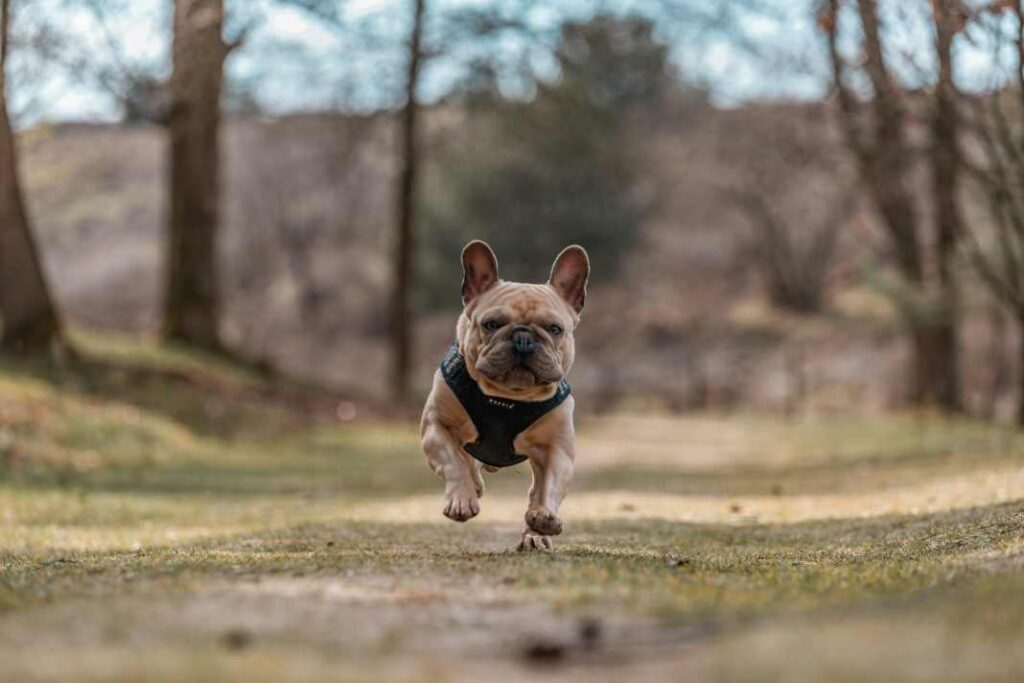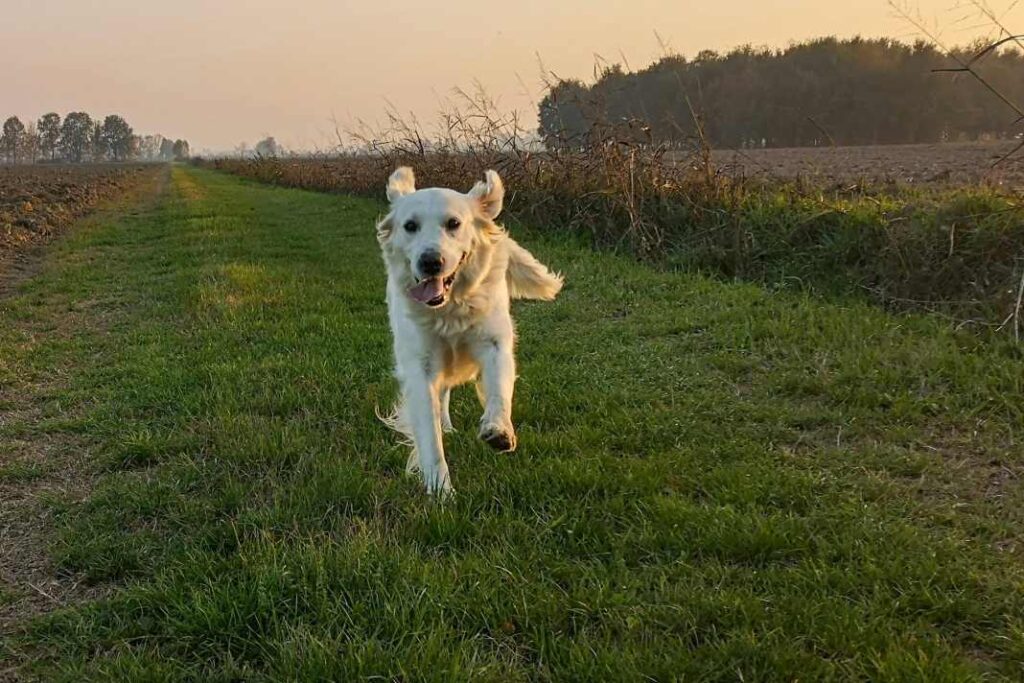Come to Me, Buddy! Teaching Your Dog Recall Commands: Essential Tips for Safety.
Learn how to train your dog to come when called, ensure their safety, and enhance your bond through effective recall training techniques and positive reinforcement.
Introduction to Teaching Recall Commands
Teaching your dog recall commands goes beyond impressing fellow pet owners; it’s an essential component of ensuring their safety and granting you peace of mind during outdoor explorations.
This training not only boosts the bond between you and your furry friend but also enhances communication, laying the groundwork for a trust-filled relationship. Consider the scenario where your dog is about to dash into a busy street; a well-taught recall command could be the difference between safety and peril.
The “come” command, in particular, stands as a crucial skill within the canine curriculum, safeguarding them from potential hazards and ensuring their well-being.
Mastering recall commands enhances safety, freedom, and the bond between dog and owner during outdoor activities.
Furthermore, mastering recall commands opens the door to more freedom during off-leash activities, allowing your dog to explore and enjoy their surroundings while remaining under your control. Imagine enjoying a day at the park without the constant worry of your dog wandering too far or getting into trouble.
This level of obedience is not only beneficial for their physical safety but also for their mental stimulation and socialization, as they learn to navigate various environments confidently. With this foundational skill in place, the world becomes a safer, more enjoyable place for both you and your dog.
Importance of Recall Commands for Dog Safety
Teaching your dog recall commands is more than just a training milestone; it’s an essential component of their safety and your peace of mind. A reliable recall command acts as an invisible leash, allowing you to bring your dog back to you in situations that could potentially be dangerous.
Imagine a scenario where your dog is about to run into a busy street or is getting too close to an unfriendly animal. In these moments, a well-trained recall can prevent accidents and even save your dog’s life. This skill is particularly vital for off-leash activities, where your dog’s freedom to explore must be balanced with the ability to ensure their safety at a moment’s notice.
Reliable recall commands ensure dog safety and owner peace of mind, allowing more freedom and adventures.
Moreover, having a dog that responds eagerly to recall commands opens up a world of opportunities for both of you. It means more freedom during walks in the park, hiking adventures, and beach visits, knowing that you can trust your dog to come back when called, no matter the distractions.
This not only enhances your dog’s quality of life by allowing them to explore and engage with their environment more freely but also strengthens the bond between you as you navigate the world together safely.
In essence, solid recall skills are a cornerstone of responsible dog ownership and are crucial for any dog’s ability to navigate the world safely and enjoyably.

Steps to Train Your Dog to Come When Called
Training your dog to come when called begins in a quiet, familiar environment to minimize distractions. Using high-value treats such as cooked chicken or cheese can be incredibly effective in getting your dog’s attention and motivating them to come to you.
It’s recommended to practice recall commands multiple times a day in short sessions to reinforce the behavior effectively. Remember to incorporate verbal cues, hand signals, and other prompts to help your dog understand and respond to the recall command consistently.
For example, starting in your backyard and gradually moving to a park where other animals and people are present can help your dog adjust to different levels of distractions while maintaining focus on your command.
Common Mistakes to Avoid in Recall Training
One of the most critical yet often overlooked aspects of recall training is the consistency of the command used. Inconsistency not only confuses your dog but can significantly weaken their response over time.
Imagine being called by different names each day; the confusion that would ensue is similar to what your dog experiences when the recall command is not consistent. Further complicating matters, using the recall command in a negative context, such as calling your dog to scold or punish them, can create a deeply ingrained negative association.
This can lead to a reluctance or outright refusal to respond, as the command becomes linked with unpleasant outcomes rather than positive reinforcement.
Moreover, a common mistake that undermines the effectiveness of recall training is the lack of patience and persistence from the trainer’s side. Training a dog to reliably respond to recall commands is not an overnight process.
Consistency in recall command is crucial; inconsistency confuses dogs and weakens their response
It requires time, patience, and consistent reinforcement. Impatience can lead to frustration, which may inadvertently be directed towards the dog, further hindering progress. Additionally, failing to maintain a consistent training schedule can lead to setbacks.
Dogs thrive on routine and regular practice; hence, sporadic training sessions can slow down the learning process, making it difficult for your dog to understand and remember the desired behavior.
Incorporating recall training into daily activities, using high-value rewards, and ending training sessions on a positive note are strategies that can significantly enhance the effectiveness of recall training.
Using Positive Reinforcement in Recall Training
Positive reinforcement plays a crucial role in teaching your dog recall commands effectively. By associating the recall command with positive outcomes, such as treats, praise, or playtime, your dog is more likely to respond quickly and eagerly.
For instance, using high-value treats like chicken or cheese right after your dog comes to you can significantly reinforce the behavior you want to encourage.
This approach not only makes the training process enjoyable for your dog but also helps in building a stronger bond between you and your pet, as it relies on mutual trust and respect rather than fear or coercion.
Use positive reinforcement like treats, praise, or play to effectively teach recall commands and build bonds.
Moreover, positive reinforcement extends beyond mere treats. It includes any form of reward that your dog finds motivating, which could vary greatly from one dog to another. Some dogs might be driven more by verbal praise or a particular toy than food.
It’s important to identify what excites your dog the most and use it to reinforce the recall command. Additionally, this method boosts your dog’s confidence and motivation to comply with your commands in different environments and situations.
By consistently using positive reinforcement, you not only ensure that your dog responds to the recall command but also fosters an environment where they are eager to learn and please.
This approach underscores the importance of understanding and catering to your dog’s unique preferences and motivations for a successful recall training experience.

Advanced Recall Training Techniques
Once your dog has mastered the basics of recall training, it’s time to introduce more advanced techniques that will challenge them and enhance their skills. Gradually increasing the distance between you and your dog during training sessions is a critical step.
Begin by calling your dog from a few feet away, and as they become more reliable, increase the distance incrementally.
This practice ensures that your dog learns to respond to your commands even when you’re not immediately visible, which is invaluable in situations where you might be separated by significant distances, such as in a dog park or on a hiking trail.
Increase recall training distance gradually and use long-line training and games to enhance skills and bond.
Incorporating long-line training is another effective strategy for advancing your dog’s recall abilities in more open and potentially distracting environments. A long line allows your dog to explore and enjoy a degree of freedom, while you maintain control and the ability to reinforce recall commands from a distance.
This method bridges the gap between on-leash and off-leash training, providing a safe and controlled way to practice recalls in settings that mimic real-world conditions. To make training even more effective and enjoyable, integrate recall games into your routine.
Games like “hide and seek,” where you hide from your dog and call them to find you, or “fetch” with a recall twist, where you call your dog back to you before throwing the toy again, turn training into a fun and rewarding experience for both of you.
These games not only reinforce the recall command but also strengthen the bond between you and your dog, making them more eager and enthusiastic to come when called.

Final Thoughts on Teaching Your Dog Recall Commands
Teaching your dog recall commands is a journey that involves dedication, understanding, and a commitment to using positive reinforcement strategies. Consistent practice is crucial, as it helps to solidify the recall command in your dog’s memory, ensuring that they respond to it reliably, regardless of the distractions present in their environment.
Employing patience throughout the training process is equally important. Dogs, much like humans, have individual learning curves, and some may grasp recall commands quicker than others.
It’s essential to approach training with a mindset that is ready to celebrate progress, no matter how small, and to continue reinforcing the desired behavior with plenty of praise, treats, or playtime.
Dedication and positive reinforcement are key to mastering recall commands, enhancing safety and bonding.
Building a strong foundation for recall commands not only enhances the safety of your dog during off-leash activities but also deepens the bond between you and your furry friend.
By investing time into training your dog to come when called, you’re opening up a world of opportunities for both of you to explore the outdoors confidently and securely.
Remember, the goal of recall training is not just about obedience, but about ensuring your dog’s safety and giving them the freedom to enjoy their adventures while maintaining peace of mind for yourself.
Every dog has their own pace of learning, and it’s vital to recognize and adapt to this, providing encouragement and support throughout their learning journey.
With dedication and the right approach, mastering recall commands becomes an achievable and rewarding goal, paving the way for many happy and safe adventures together.
Related Topics:
Creating Harmony: Mastering Dog Training with Positive Reinforcement Techniques




